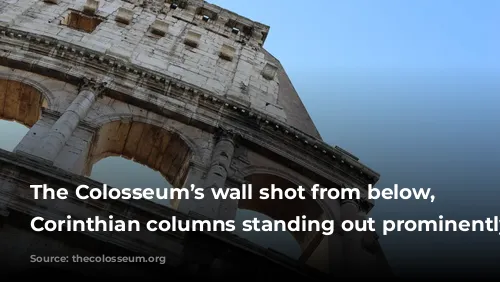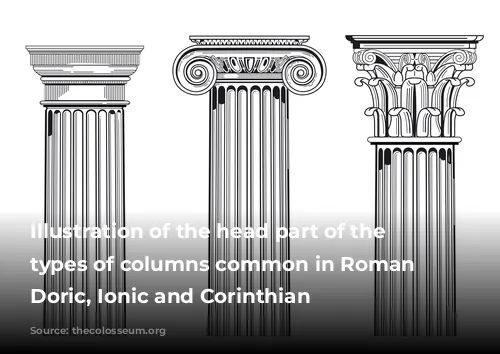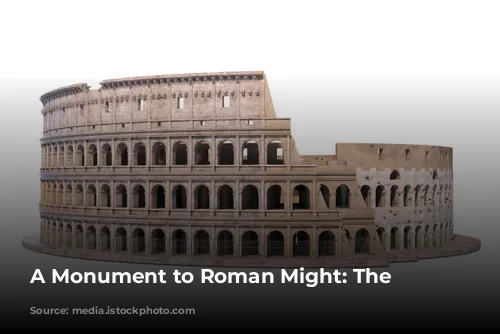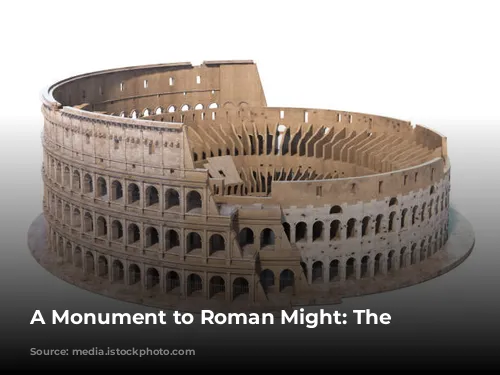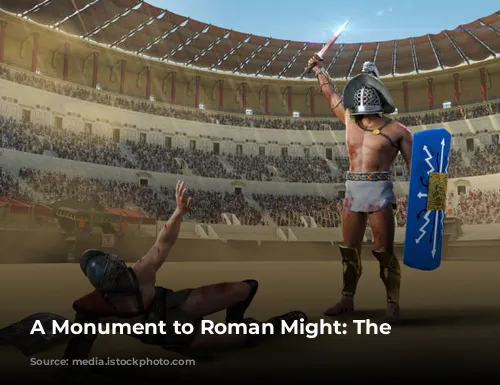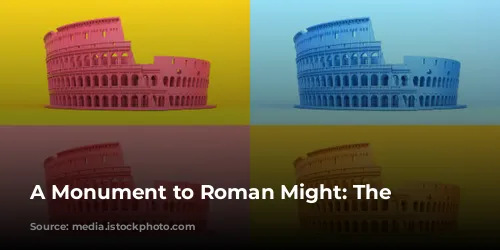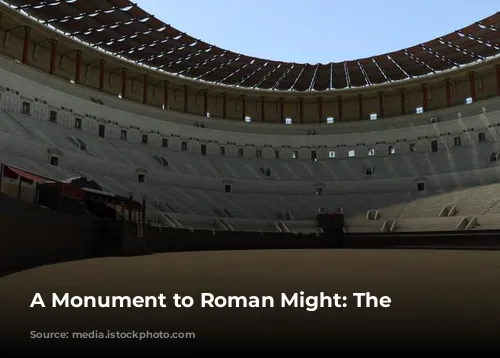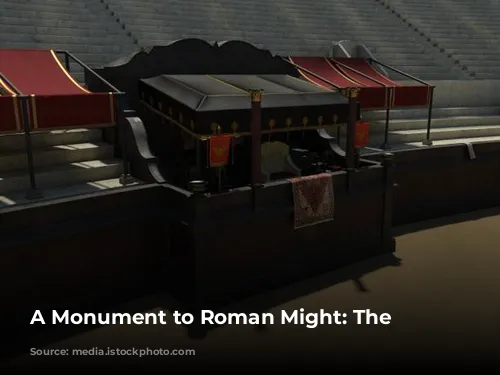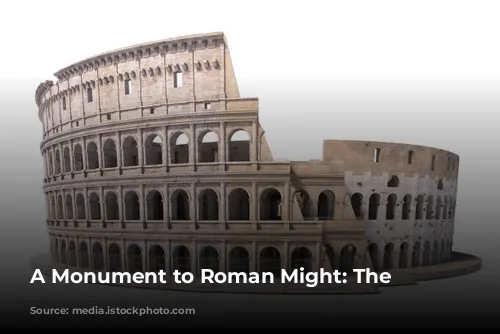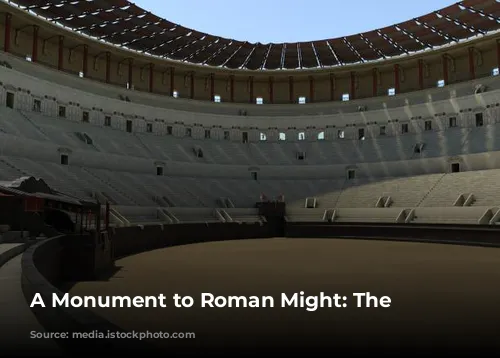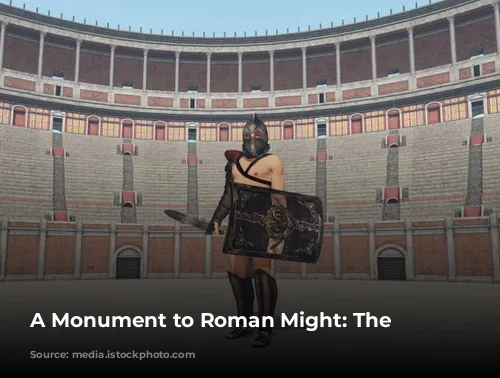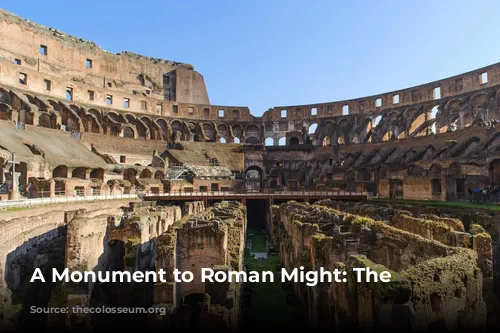The Colosseum, standing as a testament to Roman engineering prowess, is an architectural marvel that has withstood the ravages of time. This iconic amphitheater, the largest in the world, continues to captivate visitors with its grandeur, even after enduring multiple fires, earthquakes, and other natural disasters.
The Birth of a Colossus
The Colosseum‘s construction began in 70 AD under the rule of the Flavian Emperors – Vespasian, Titus, and Domitian. Originally called the Amphitheatrum Flavium, this magnificent structure was a symbol of the emperors’ power and a gesture of appeasement to the Roman populace, who were discontent after the reign of Nero.
The Colosseum‘s foundation was laid on the site of an artificial lake that Nero had built as part of his extravagant Domus Aurea. A significant portion of the labor force for the construction consisted of Jewish slaves, captured after the first Jewish-Roman war.
A Colossal Construction
The Colosseum was an oval-shaped structure, measuring a staggering 189 meters in length and 156 meters in width – almost twice as long and 1.5 times as wide as a modern football field.
Its construction involved the use of an estimated 100,000 cubic meters of travertine stone, a type of limestone quarried near modern-day Tivoli, along with Roman cement, bricks, and tuff blocks. To bind these massive blocks together, approximately 300 tonnes of iron clamps were used. Over time, these clamps were salvaged, leaving behind distinctive pockmarks on the Colosseum‘s walls.
Architectural Grandeur
The Colosseum was designed as a grand symbol of Rome’s strength and power. Its towering height of nearly 50 meters and expansive footprint of 6 acres would have been an awe-inspiring sight in ancient Rome.
The Colosseum showcased the three major architectural orders of the time: the Tuscan style on the ground floor, the Ionic style on the second floor, and the Corinthian style on the third floor. Each floor boasted 80 arches, with those on the ground floor being the largest, measuring 4.2 meters wide and 7.05 meters tall. The fourth floor, however, was constructed differently, featuring flat panels adorned with carvings and insets of azurite and bronze.
The Arena: A Stage for Spectacle
The heart of the Colosseum was the arena, the stage where gladiators, prisoners, and wild animals battled for survival. This 83-meter-long and 48-meter-wide space was made of wooden panels covered with a layer of sand from the nearby Monte Mario hill. Trap doors in the floor allowed for the dramatic introduction and removal of scenery and special effects. A 10-foot wall surrounded the arena, leading to the first level of seats.
The Cavea: A Place for Spectators
The tiers of seating surrounding the arena, collectively known as the cavea, were divided into three sections that reflected the social hierarchy of Roman society. The podium, closest to the arena, was reserved for the elite, including senators and high-ranking officials.
The gradatio and the porticus accommodated people of lower social standing, with the upper tier reserved for poorer Roman citizens. Each seat was approximately 40 centimeters wide, and wealthier spectators brought cushions for comfort. It is estimated that the Colosseum could hold up to 80,000 spectators.
The Hypogeum: A Hidden World
The Colosseum‘s underground area, known as the hypogeum, was a network of tunnels and chambers that served as holding areas for gladiators and animals before their entrance into the arena. It wasn’t part of the original design but was added later by Emperor Domitian, the successor to Vespasian and Titus.
The hypogeum was connected to the arena by 80 vertical shafts, which also incorporated moving platforms called hegmata, used to transport large animals such as elephants. The hypogeum was connected to the outside through a network of underground tunnels, leading to the gladiators’ barracks and nearby stables. The Colosseum even featured a private tunnel for the Emperor, allowing safe entry and exit from the building, avoiding the crowds.
A Legacy of Spectacle
The Colosseum stands as a remarkable reminder of the grandeur and complexity of Roman architecture. This iconic structure, with its impressive size, intricate design, and fascinating history, continues to captivate visitors from around the world, offering a glimpse into the heart of ancient Rome and its extraordinary legacy.
